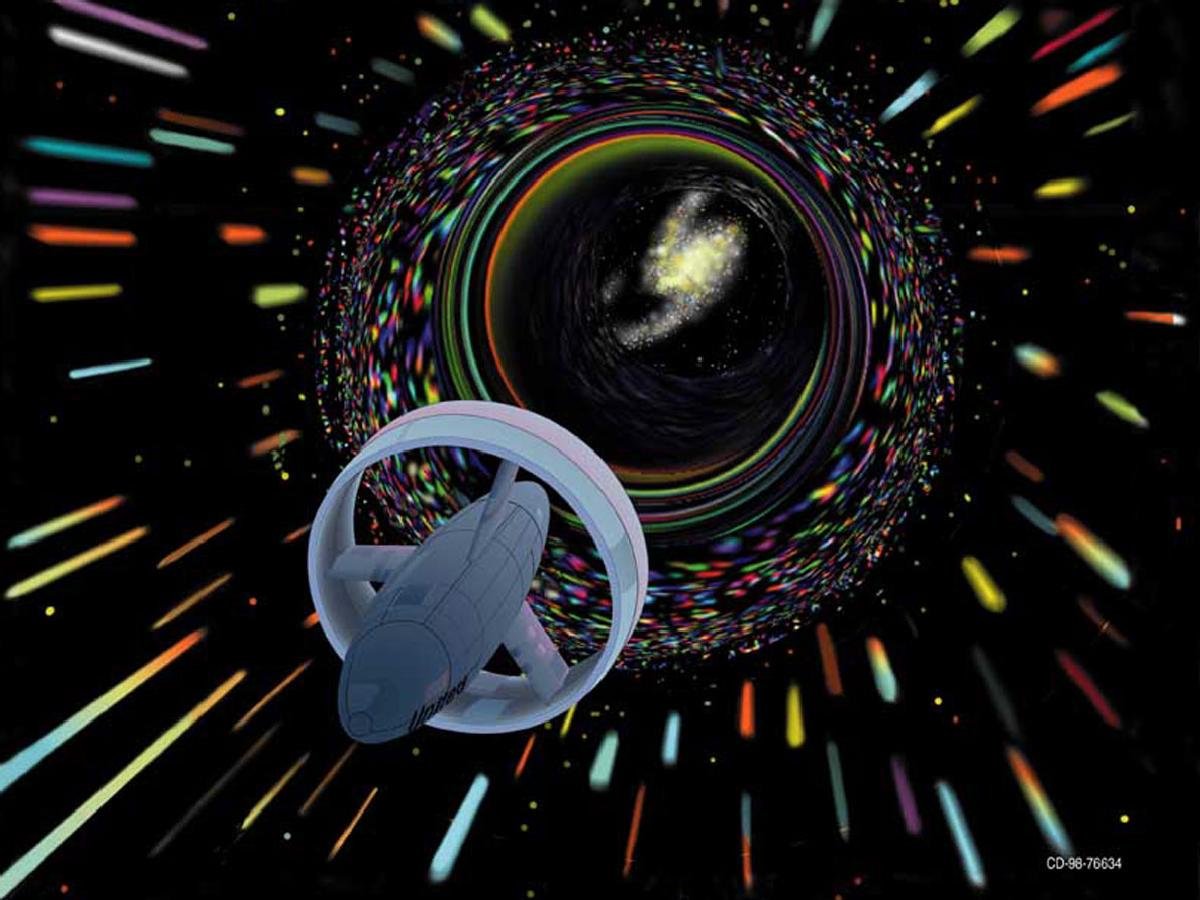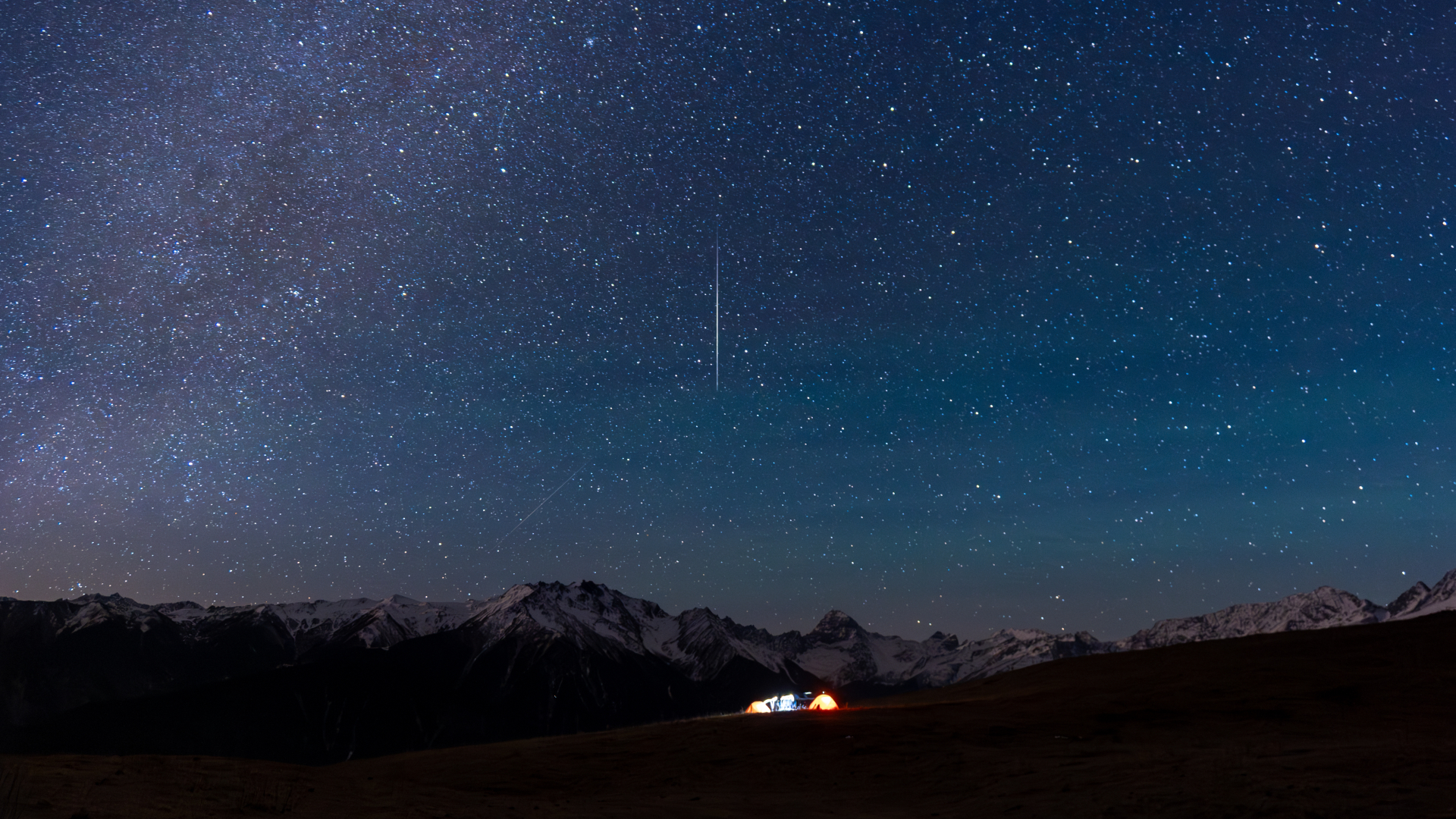Interstellar Starship Meeting Warps Into Houston This Week

Scientists, visionaries, entertainers and the public will gather in Houston this week for the 100-Year Starship Symposium, a meeting to discuss space travel to another star.
Interstellar travel is significantly more difficult than spaceflight within our solar system, because the distances involved are vast.
For example, at its farthest, Mars is about 20 light-minutes away from Earth, and even Pluto is only about 4 light-hours distant. But the nearest star to the sun, Proxima Centauri, is more than 4 light-years from Earth, meaning a vehicle traveling at light-speed would take 4 years to arrive.
Since the fastest spaceships ever built can't even approach light speed, a probe or manned vessel would take many, many years to reach even the nearest stars.
That's why the 100-Year Starship initiative, a project started with seed money from the Defense Advanced Research Projects Agency (DARPA ), has targeted the goal of developing a vehicle that could reach another star in 100 years. [Gallery: Visions of Interstellar Starship Travel]
Toward that end, the independent, non-governmental 100 Year Starship organization is hosting its public symposium Sept. 13 through Sept. 16 at the Hyatt Regency in Houston. Speakers include symposium chair Mae Jemison, the first female African American astronaut, as well as astronomer Jill Tarter, a co-founder of the Search for Extraterrestrial Intelligence (SETI) Institute, Johnnetta B. Cole, director of the Smithsonian Museum of African Art, space journalist Miles O'Brien, and photographer Norman Seeff.
"Star Trek" actors LeVar Burton and Nichelle Nichols will also participate. The event is backed by former President Bill Clinton, who will serve as the symposium's honorary chair.
Breaking space news, the latest updates on rocket launches, skywatching events and more!
"Taking place the week of the 50th anniversary of President John F. Kennedy's speech delivered at Rice University challenging America to send a man to the moon, the symposium will hold a salute to fifty years of human space flight and NASA's Johnson Space Center," symposium officials wrote in an announcement.
The meeting will feature presentations on spacecraft propulsion and technology, as well as discussions on the social, psychological and religious implications of space travel to other stars.
"The symposium's technical session will include scientific papers on topics such as time-distance solutions; life sciences in space exploration; destinations and habitats; becoming an interstellar civilization; space technologies enhancing life on earth; and commercial opportunities from interstellar efforts," conference organizers wrote.
This will be the second 100-Year Starship Symposium; the last meeting was held in Orlando in October 2011.
This year, DARPA awarded seed money to the Dorothy Jemison Foundation for Excellence to found the 100 Year Starship organization, with the goal of encouraging research that will enable interstellar flight.
"100 Year Starship will bring in experts from myriad fields to help achieve its goal — utilizing not only scientists, engineers, doctors, technologists, researchers, sociologists and computer experts, but also architects, writers, artists, entertainers and leaders in government, business, economics, ethics and public policy," officials wrote.
Follow Clara Moskowitz on Twitter @ClaraMoskowitz or SPACE.com @Spacedotcom. We're also on Facebook & Google+.

Clara Moskowitz is a science and space writer who joined the Space.com team in 2008 and served as Assistant Managing Editor from 2011 to 2013. Clara has a bachelor's degree in astronomy and physics from Wesleyan University, and a graduate certificate in science writing from the University of California, Santa Cruz. She covers everything from astronomy to human spaceflight and once aced a NASTAR suborbital spaceflight training program for space missions. Clara is currently Associate Editor of Scientific American. To see her latest project is, follow Clara on Twitter.
